Here at the San Francisco-Marin Food Bank, we serve some of the most vulnerable people in our community; children, seniors, homebound adults with disabilities, and families struggling to make ends meet. Now, more than ever, it’s critical to get food out to the community. Schools are closing, people are homebound, and many have their work hours cut in the wake of COVID–19.
At this time, the Food Bank is still fully operational. As indicated in the new public health order that requires residents to stay home except for essential needs, food banks are an essential service similar to a grocery store, and we must continue to work to distribute food out in the community.
The backbone of our operation
We can’t provide food without you. Our volunteers help us pack and distribute over 1 million pounds of food per month! It’s understandable that there are concerns about volunteering at this point. And individuals should consider their own health and well-being before deciding whether or not to volunteer. We are closely monitoring the situation and we are in close contact with the SF Department of Public Health and are following their recommendations. We are reevaluating our operations daily.
To protect the health of our volunteers, and staff, we have made changes to our warehouse volunteer program, for example, reducing the number of volunteers at each shift and cutting non-essential projects. Right now, we are only packing senior boxes and grocery bags for delivery to homebound neighbors. We have also stepped up our cleaning and are wiping down all equipment after every shift, and asking all volunteers to keep a reasonable distance from one another while at the warehouse and when possible moving the projects outside. We also have plenty of hand sanitizer and gloves are mandatory for volunteers.
And of course, if any volunteer is feeling unwell, we ask them to stay home.
More need out in the community
Our volunteer needs are ever-changing as we adapt and respond to the challenges COVID-19 presents and determine how to best serve our community. If you are interested in learning about future opportunities in the warehouse and in the community as they arise in response to COVID-19, please, go to our volunteer page to sign up.
Questions? Read our FAQ
Thank you for your support!
PS. If you want to see what it is like to volunteer at our warehouse, press play.


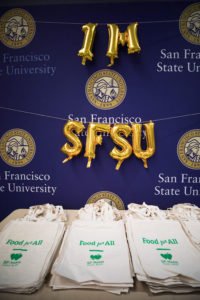
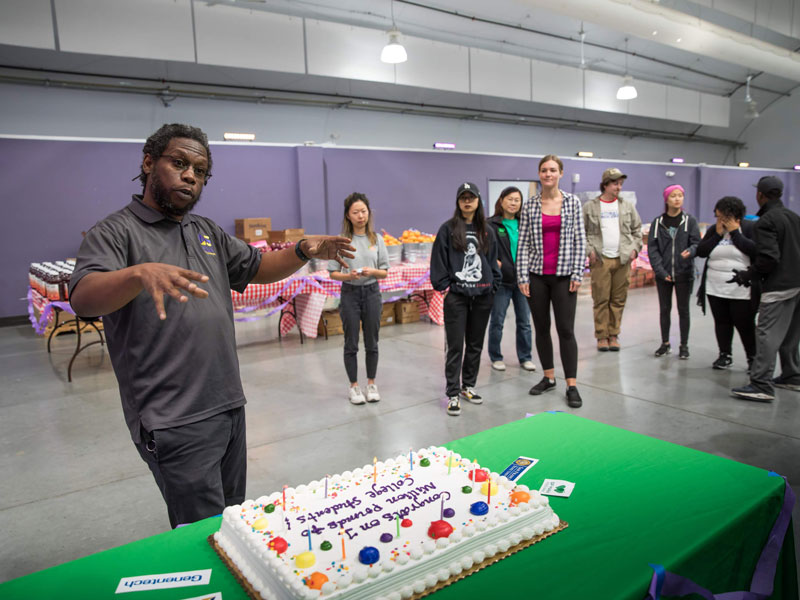

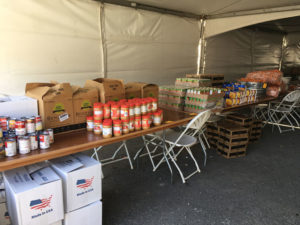
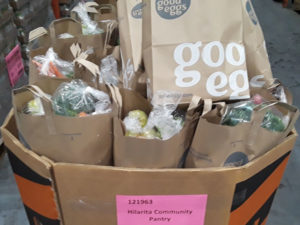
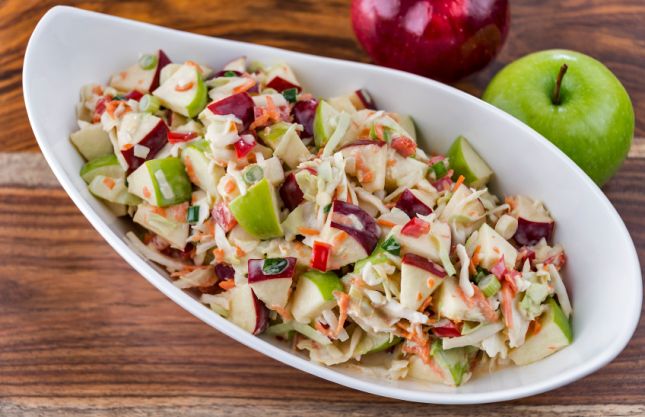
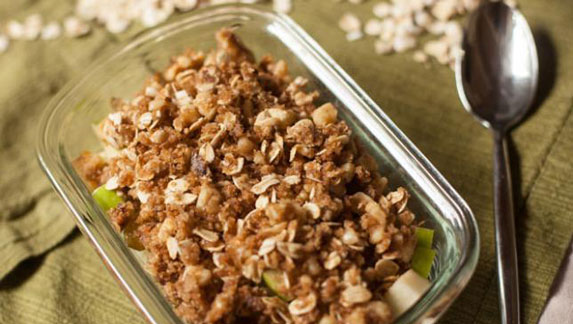
Share